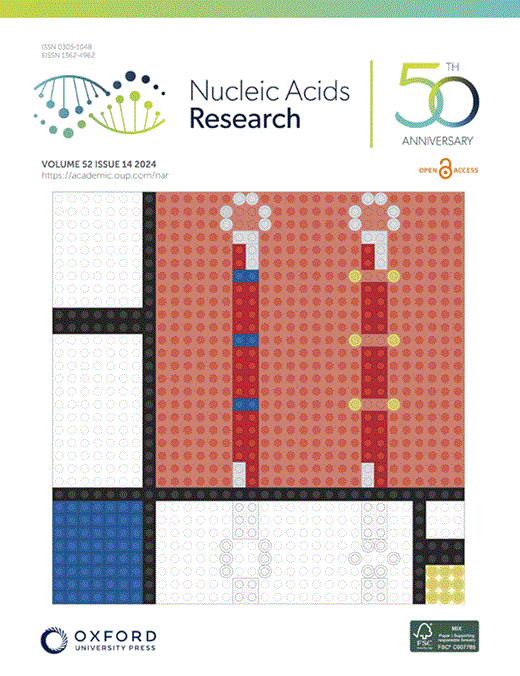Human antigen R (HuR) is an RNA binding protein mainly involved in maintaining the stability and controlling the translation of mRNAs, critical for immune response, cell survival, proliferation and apoptosis. Although HuR is a nuclear protein, its mRNA translational-related function occurs at the cytoplasm, where the oligomeric form of HuR is more abundant. However, the regulation of nucleo-cytoplasmic transport of HuR and its connection with protein oligomerization remain unclear. In this work, we describe the phosphorylation of Tyr5 as a new hallmark for HuR activation. Our biophysical, structural and computational assays using phosphorylated and phosphomimetic HuR proteins demonstrate that phosphorylation of Tyr5 at the disordered N-end stretch induces global changes on HuR dynamics and conformation, modifying the solvent accessible surface of the HuR nucleo-cytoplasmic shuttling (HNS) sequence and releasing regions implicated in HuR dimerization. These findings explain the preferential cytoplasmic accumulation of phosphorylated HuR in HeLa cells, aiding to comprehend the mechanisms underlying HuR nucleus-cytoplasm shuttling and its later dimerization, both of which are relevant in HuR-related pathogenesis.
https://doi.org/10.1093/nar/gkae564

Blanca Baños



